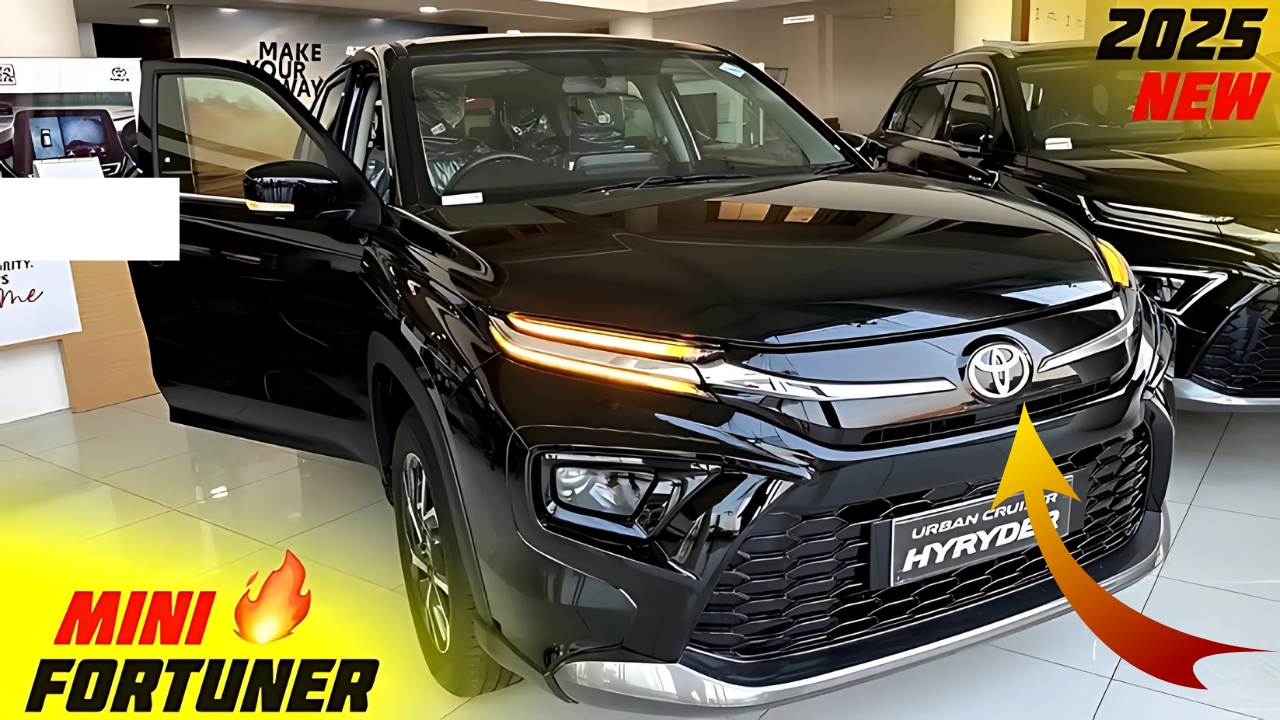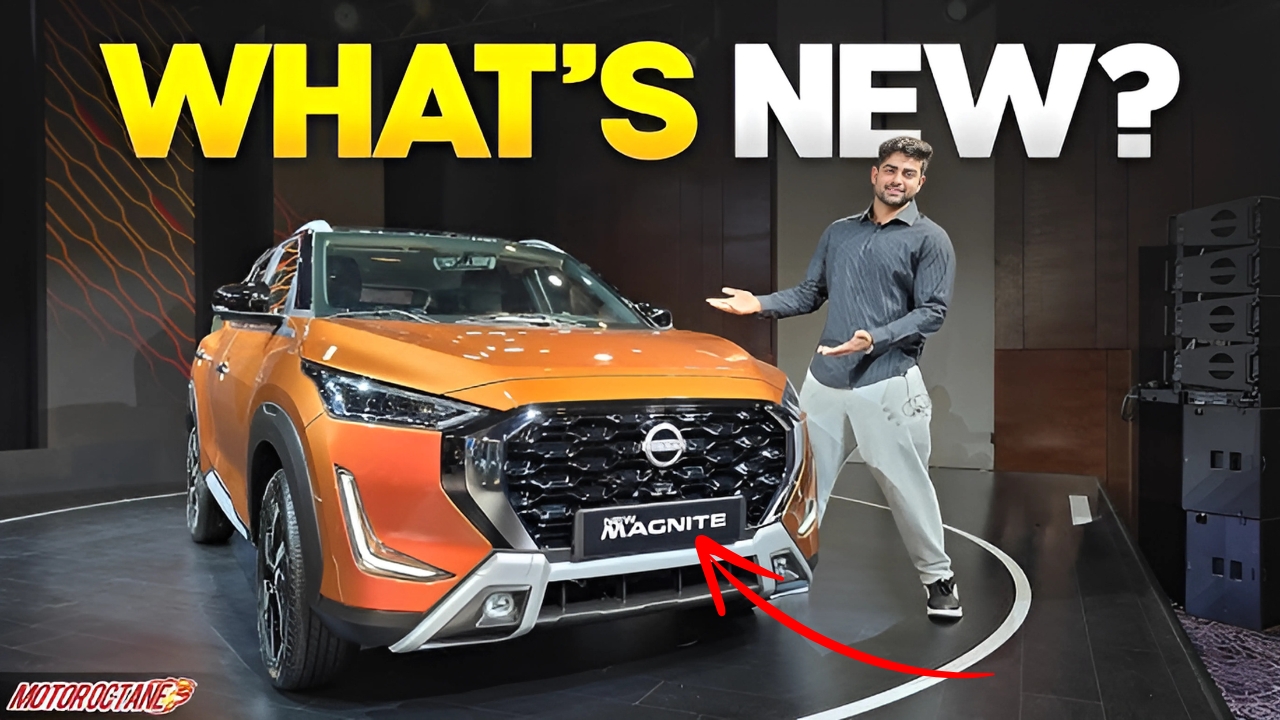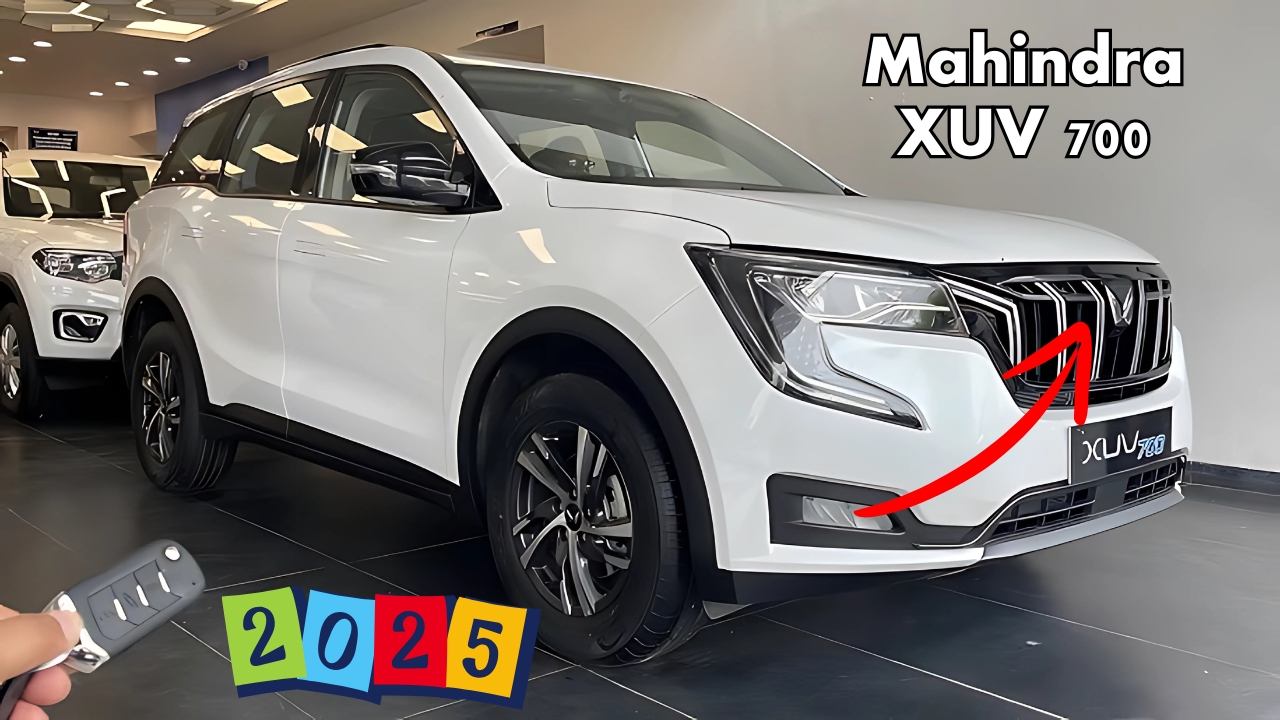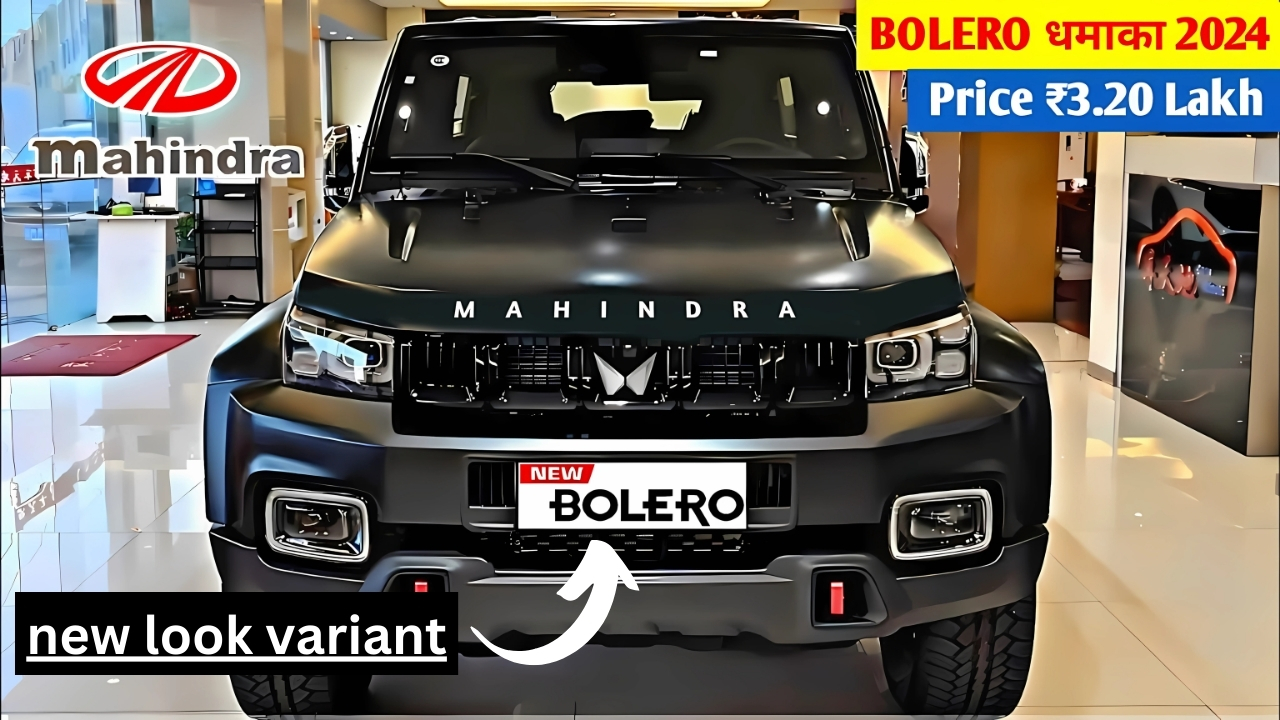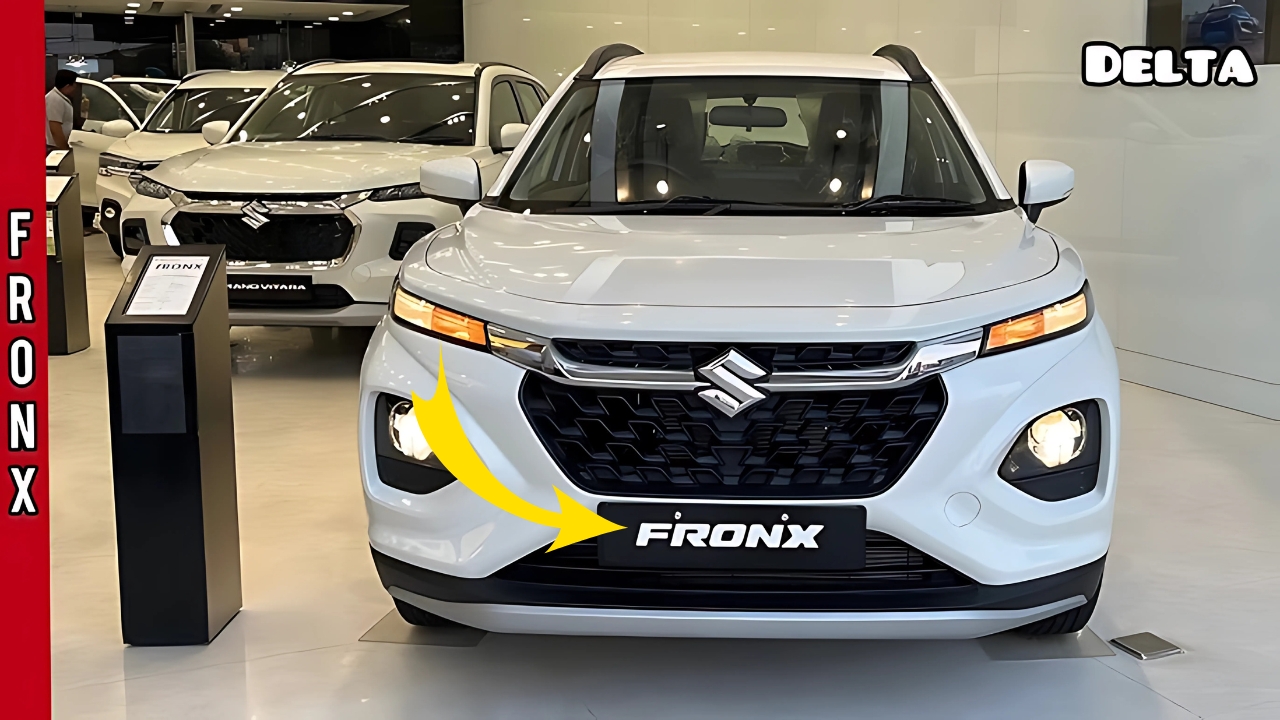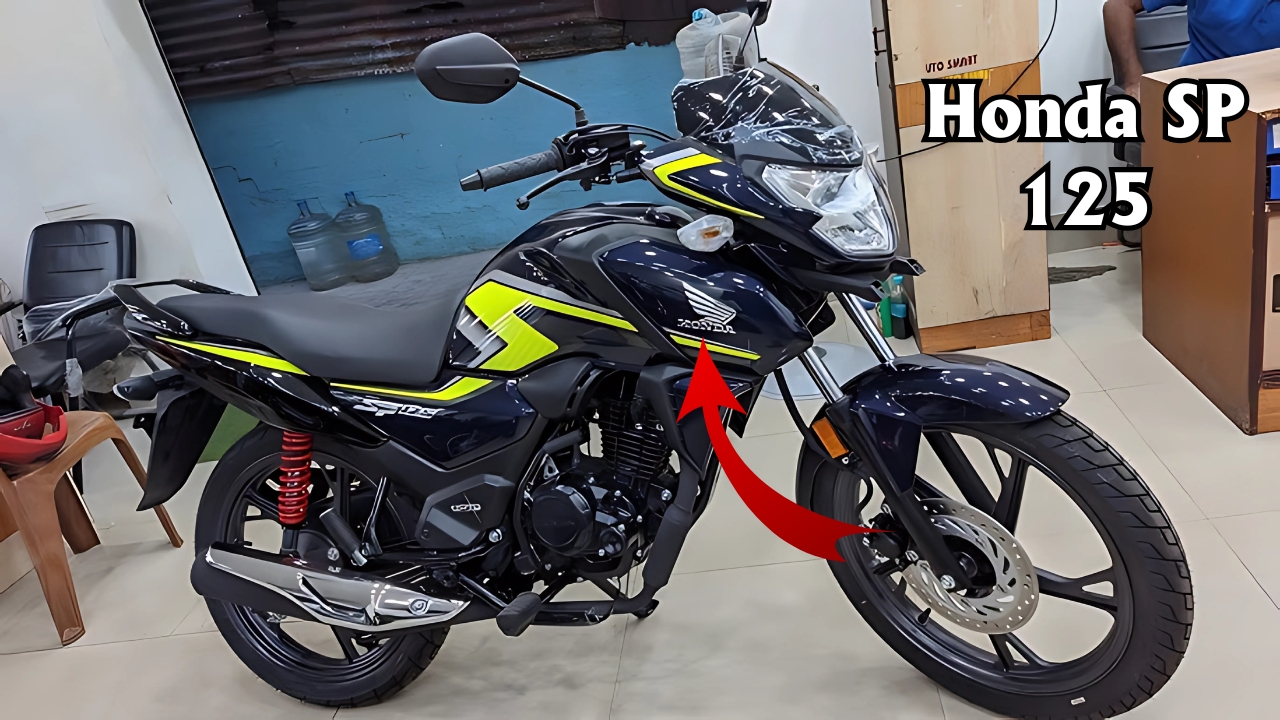Toyota Hyryder : When Toyota introduced the Urban Cruiser Hyryder in mid-2022, car enthusiasts quickly noticed its striking resemblance to the more luxurious Fortuner. This intentional design choice has carved out an enticing niche in India’s competitive SUV landscape, offering Fortuner-like aesthetics at roughly one-third the price.
The front design of the Hyryder clearly reflects its kinship with the flagship vehicle. The bold chrome grille, characterized by its horizontal slats, is a nod to Toyota’s premium line, which has become a hallmark of the brand.
The angular headlamps, highlighted by unique LED daytime running lights, echo the aggressive styling that has defined the Fortuner’s commanding presence on the road.
“I first saw a Hyryder at dusk and immediately thought it was a new compact Fortuner variant,” shares Vikram Desai, who owns a 2019 Fortuner. “It wasn’t until it got closer that I realized it was a different vehicle altogether. Toyota has brilliantly translated those premium design aspects into a more compact form.”
This visual family resemblance continues along the Hyryder’s silhouette, where the prominent wheel arches and slightly rising beltline create a miniaturized version of the larger SUV. Functional roof rails further enhance this familial link.
Even the alloy wheel designs in the higher-end variants of the Hyryder closely resemble those found on certain Fortuner models, featuring sophisticated multi-spoke configurations typically absent in vehicles costing less than ₹20 lakh.
Toyota Hyryder Premium Interior Touches Within Reach
The interior design of the Hyryder also borrows elements from the Fortuner, though it uses materials more in line with its price point. The dashboard design—with its layered, horizontally arranged layout—bears a strong resemblance to its higher-priced siblings.
While the steering wheel is slightly smaller, it maintains similar controls and contours, allowing for a seamless driving experience.
Sanjay Krishnan, who recently chose the Hyryder after testing many competitors, notes: “Having experienced my colleague’s Fortuner several times, I recognized several interior elements right away—the door handles, the center console flow, even the designs of the window switches. They may be aimed at different budgets, but the design language feels closely connected.”
The higher trims of the Hyryder come equipped with luxurious features like ventilated front seats, a panoramic sunroof, and a 360-degree camera system—amenities that were previously exclusive to much pricier vehicles.
This availability of premium features at an accessible price strengthens the overall appeal for consumers looking for Fortuner-like luxury without the hefty investment.
Toyota Hyryder Sensible Engineering Beneath Familiar Styling
Underneath its Fortuner-inspired exterior, the Hyryder makes thoughtful engineering choices that align with its target audience and price point. Instead of copying the Fortuner’s robust construction and off-road capabilities, Toyota opted for a more economical monocoque architecture, developed through its partnership with Maruti Suzuki.
This platform-sharing strategy allows for attractive pricing, with models starting around ₹10.5 lakh (ex-showroom), while still providing a comfy ride suited for urban driving.
The Hyryder also offers both mild hybrid and strong hybrid powertrains—technologies not yet available in the Fortuner—providing it with specific advantages that appeal to modern consumers seeking efficiency.
Dr. Anand Kulkarni, an automotive technology consultant, explains: “Toyota has been quite strategic here. They’ve borrowed the attractive design elements from the Fortuner while incorporating advanced, efficiency-oriented powertrains. The hybrid system, in particular, showcases technology that surpasses what’s on offer in the Fortuner, despite the significant cost difference.”
Toyota Hyryder Market Positioning That Leverages Legacy
With the Hyryder, Toyota demonstrates savvy brand management, leveraging the established visual appeal of their flagship SUV to bolster their presence in the competitive compact SUV market.
This strategy resonates particularly well with Indian consumers who value recognizable premium design elements. “We were initially considering the Hyundai Creta and Kia Seltos,” states Priya Mehta, who opted for the hybrid version of the Hyryder in December 2022. “The Toyota’s resemblance to the Fortuner heavily influenced our decision—it possesses a road presence that many compact SUVs simply lack. Several relatives mistook it for a far more expensive model, which is satisfying!”
For those who have admired the Fortuner’s commanding aesthetics but found its ₹35-50 lakh price range breaking the bank, the Hyryder provides a compelling alternative.
It delivers about 70% of the visual appeal at just 30% of the price—a value proposition that explains the increasing number of these vehicles on Indian roads despite tough competition from established brands like Hyundai, Kia, and Maruti Suzuki.
As Indian consumers increasingly seek to maximize perceived value while minimizing costs, the Hyryder’s Fortuner-inspired design may represent one of Toyota’s smartest moves in the market in recent years.
